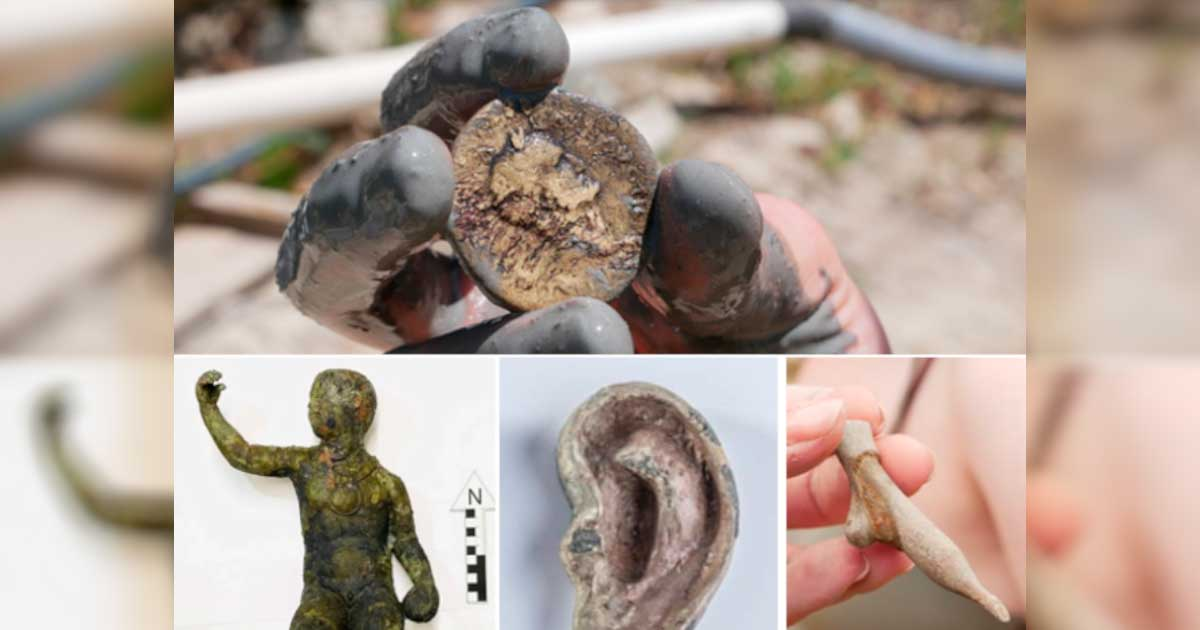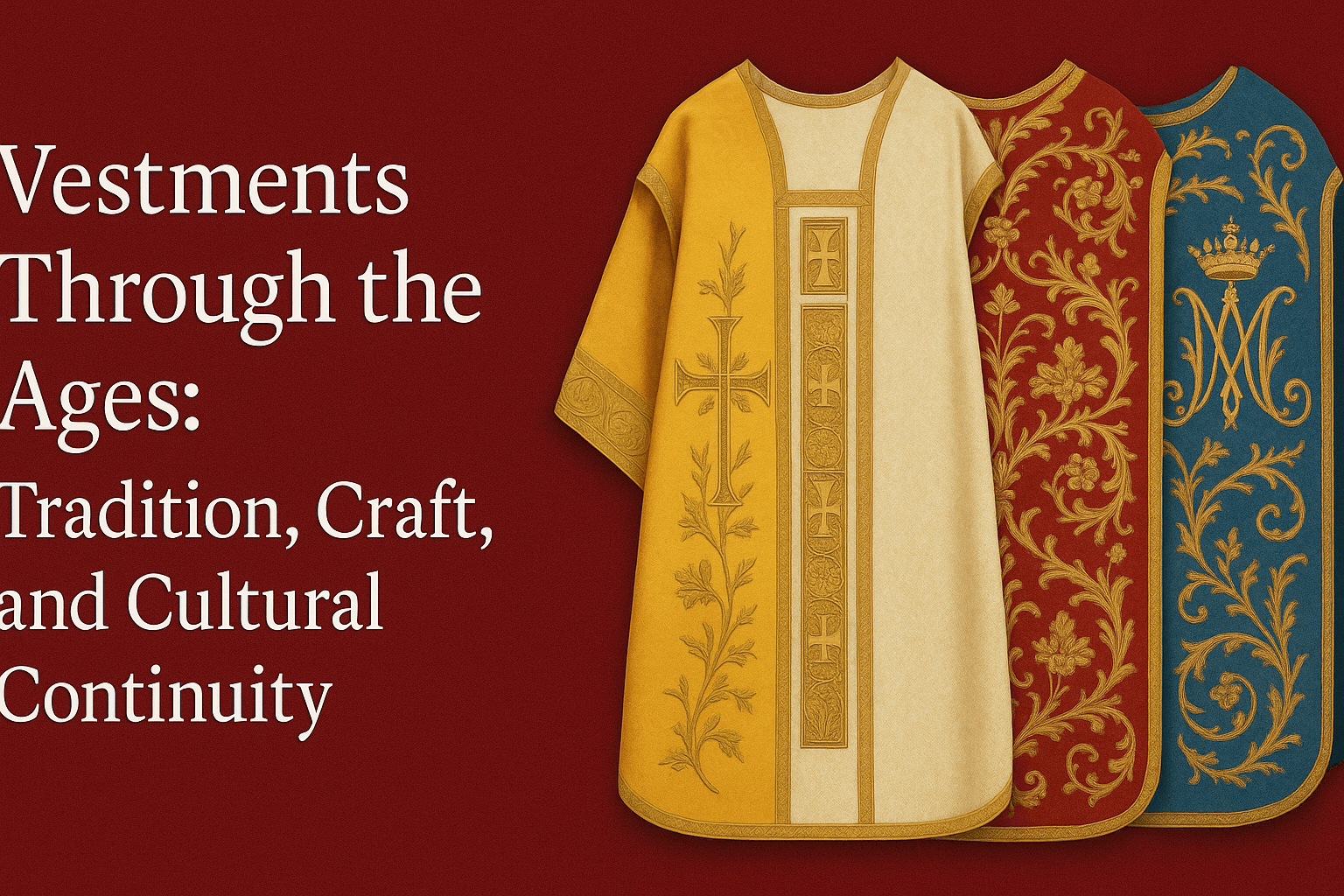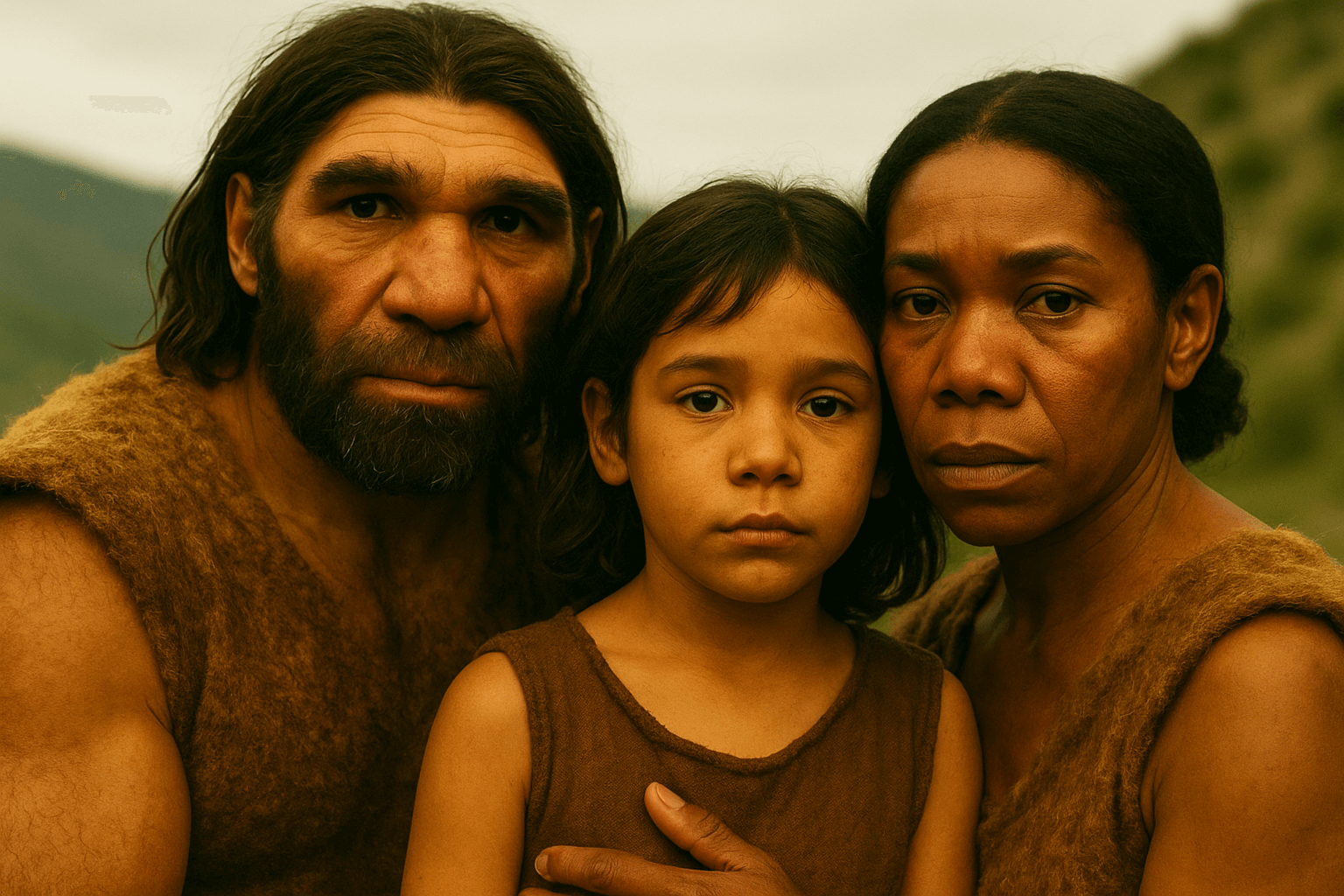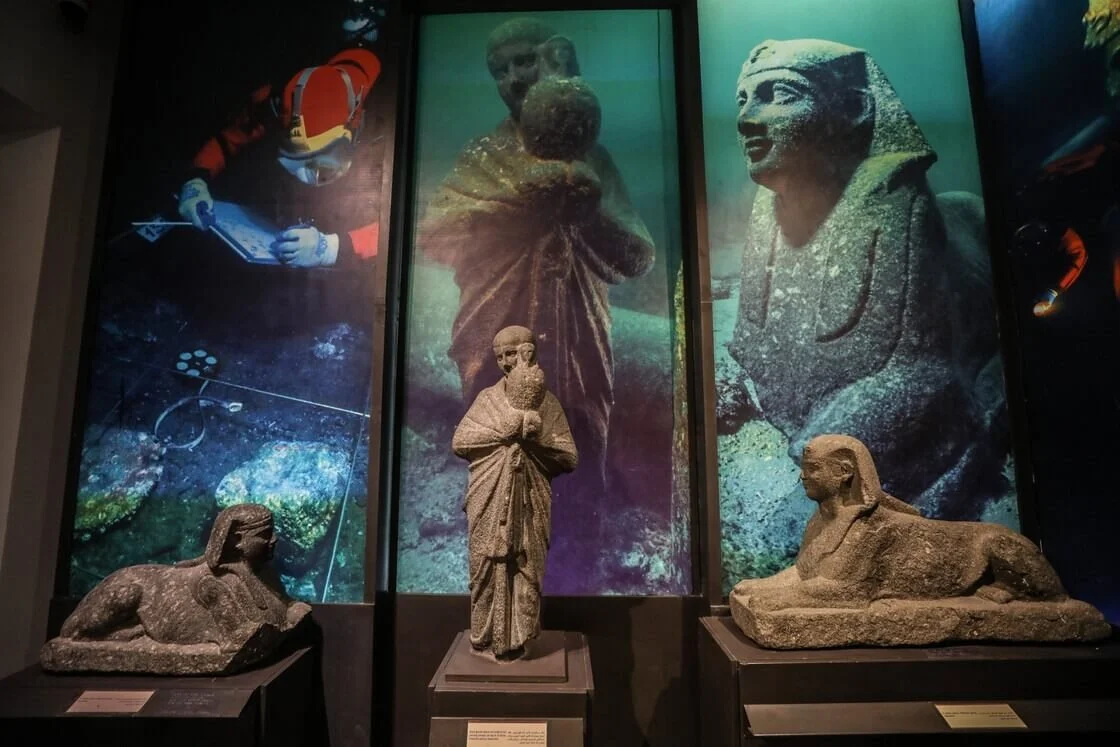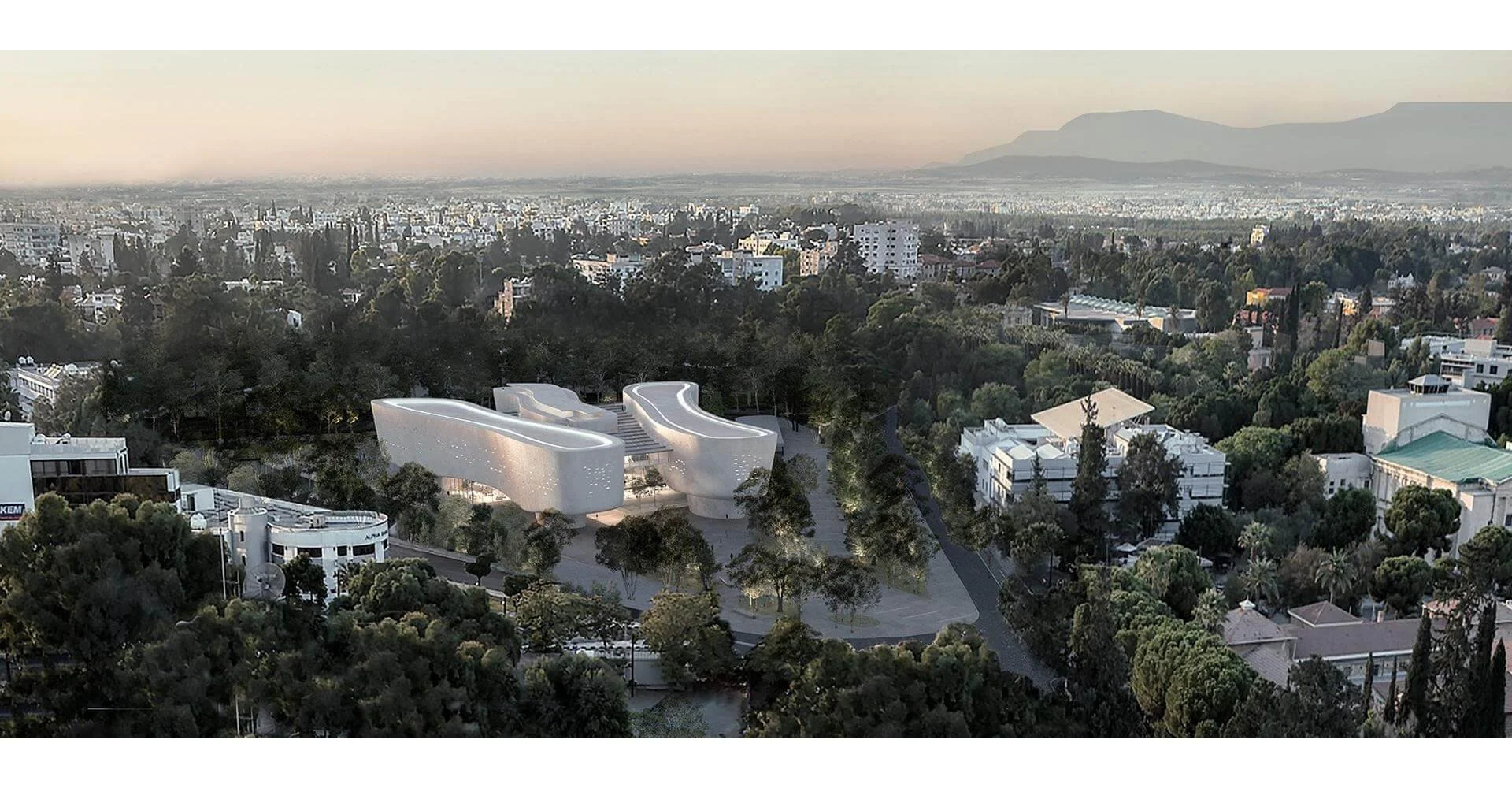It’s amazing what treasures people will throw away in the hope of winning the favor of the gods. Rare items used as votive offerings found in an “exceptional state of preservation” have been discovered at the celebrated San Casciano dei Bagni Etruscan baths in Tuscany, Italy. Archaeologists working at this thermal spring complex which developed in the 4th century BC, have discovered a treasure trove of votive offerings, coins, and stone carvings.
Votive Offerings, Coins, and Symbols of Fertility
In addition to the rare ancient votive offerings found at the Tuscany site, 3,000 ancient coins, of which a fourth are freshly minted and still shiny, have also been found, reports CNN. These coins, made of gold, silver, orichalcum, and bronze, have been dated to the reigns of Augustus, the Flavian emperors, Trajan, Hadrian, and Marcus Aurelius. Orichalcum coins, a valuable yellow alloy of gold and copper prized by the ancient Greeks and Romans, were found in the biggest bath.
Coins, made of gold, silver, orichalcum, and bronze, have been dated to the reigns of Augustus, the Flavian emperors, Trajan, Hadrian, and Marcus Aurelius. (Emanuele Mariotti / SABAP-SI)
The Tuscany find is the largest ancient currency haul found at any of the thermal springs in the Mediterranean. And nearly everything discovered was found in a near-perfect state of preservation, including original colors. This excellent state of preservation was the result of the water’s chemical properties and the lack of oxygen in the mud layers at bottom of the pools.
"They're still shiny brown and shiny yellow -- such bright colors have never been found in any excavation site," said archaeologist Jacopo Tabolli, scientific director of the excavation project and professor of Etruscan studies at Siena's University for Foreigners. He further described it as “a miracle.”
Three ear-shaped votive offerings unearthed at the San Casciano dei Bagni thermal dig site, Tuscany, Italy. (Emanuele Mariotti / SABAP-SI)
A marble relief of a bull’s head, a bronze putto, five bronze votive offerings, miniature lamps, a bronze foil belt, and other religious offerings were also found. And these finds really added a sense of triumph for the archaeologists that have worked at the site for six dig seasons over the past three years.
"What makes this site unique in the entire Mediterranean is the exceptional state of preservation, and the [evidence] it provides for how medical hot water practices were considered curative under divine protection . . . The amount and quality of the objects recovered are also astonishing -- we knew something was down there but weren't expecting such a surprise,” stated Tabolli.
A womb made of bronze called a unicum, another reference to fertility, was one of the highlights of the finds made over the last two weeks. It has been dated to the end of the Roman Republic and the beginning of the Roman Empire.
This fertility worship and gifting of votive offerings at thermal baths was still practiced in Italy as recently as 50 years ago! Village women who had trouble conceiving would come to the thermal springs hoping that the therapeutic powers of the water would help their womb relax.
The other highlight discovery were “footprints” found on the surface of a holy basin, etched with traces of lead and silver. These footprints, of different sizes, were made with sandals worn by children, teenagers, and adults. Bull hooves and human ears, associated with Isis and Serapis, were also found here. Archaeologists speculate the votive offering process included devotees walking around the perimeter of the pools to ask for good health and wellbeing from these gods.
The other highlight discovery were “footprints” found on the surface of a holy basin, etched with traces of lead and silver. These footprints, of different sizes, were made with sandals worn by children, teenagers, and adults. Bull hooves and human ears, associated with Isis and Serapis, were also found here. Archaeologists speculate the votive offering process included devotees walking around the perimeter of the pools to ask for good health and wellbeing from these gods.

